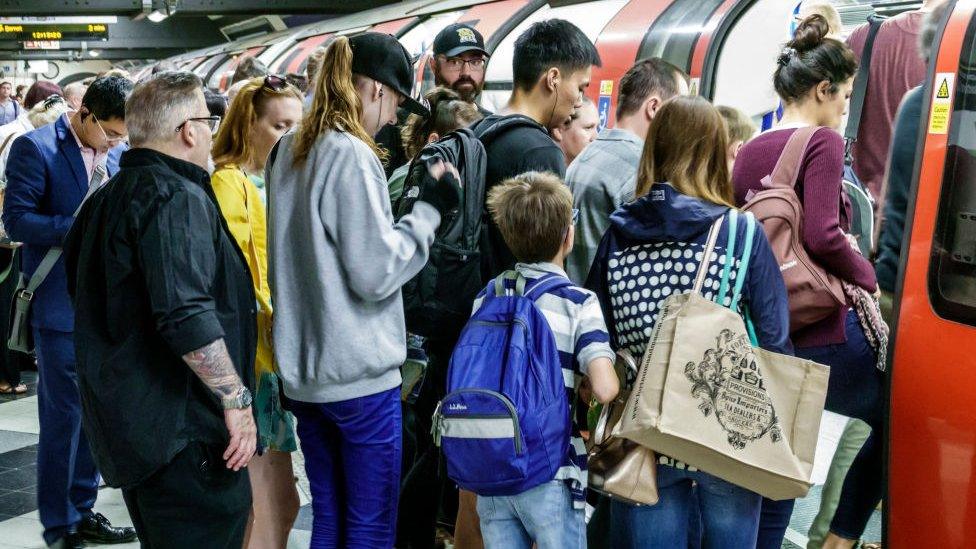Google Maps warns drivers about emission charges
- Published
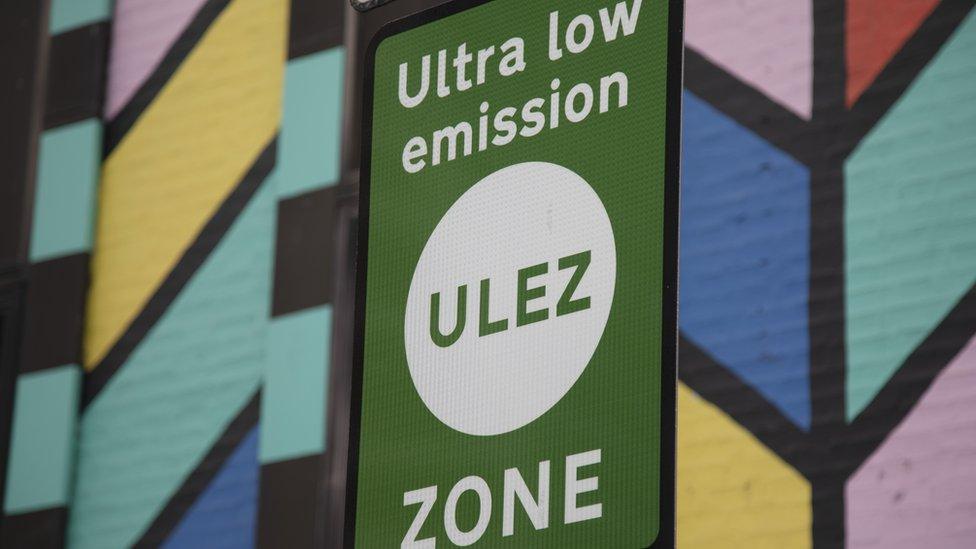
Google Maps will now warn drivers in London and other cities if they are going to enter a low-emission zone with fees or fines.
Several major cities have such schemes to keep polluting traffic out of their busiest areas.
But where such zones begin is often unclear - and can catch out tourists and occasional local drivers alike.
To begin with, Google will alert drivers entering zones in Amsterdam, Barcelona, Berlin, London, and Paris.
London's Ultra Low Emission Zone (Ulez) covers an area with most of the city's tourist hotspots and historical landmarks, from:
Mayfair, in the west, to Whitechapel, in the east
Clerkenwell, in the north, to Lambeth in the south
Drivers of older cars below modern emission standards have to pay £12.50 in the zone.
And, until it expands, in October, it applies in the same area as the separate £15 congestion charge.
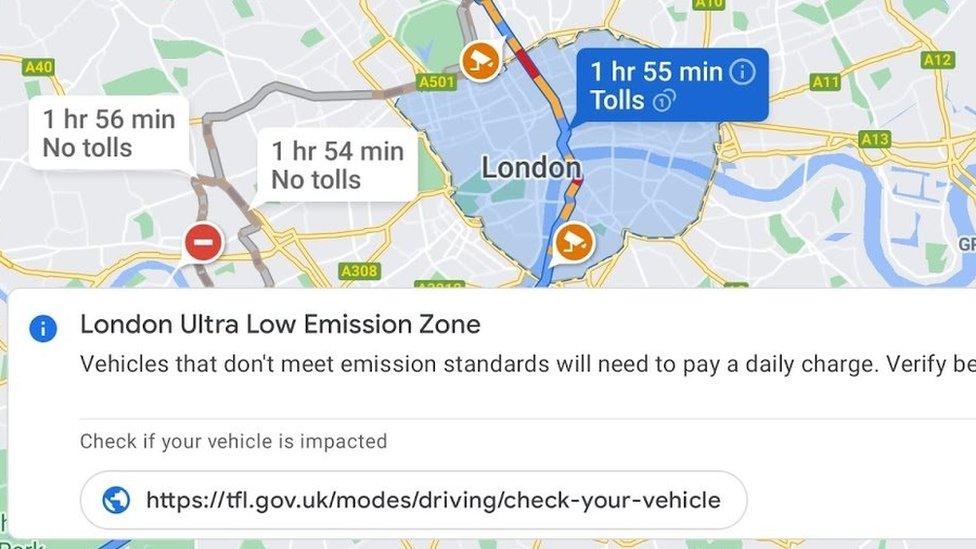
The Ulez appears in blue - with a warning the planned route crosses it
In the Paris zone, drivers without a windscreen sticker certifying their emissions can be fined:
€68 (£58) for cars
€135 for bigger vehicles
And Berlin has a similar system.
"The alerts will appear when planning a trip that goes through a low-emission zone and when nearing a zone while already en route to the destination," Google said.
They also linked to official local information, it said, adding: "Based on this info, impacted users can choose an alternative mode of transportation or take another route."
Other apps, such as Waze - also owned by Google - already have features to avoid restricted zones in some cities.
But Google Maps is the most widely used navigation app, with estimates of its market share ranging from just under 70% to about 80%.
The company says it supports efforts to cut traffic pollution in the most built-up areas.
And it announced the move, in March, alongside other planned changes, including making the "eco-friendly" option the default route.
- Published31 March 2021
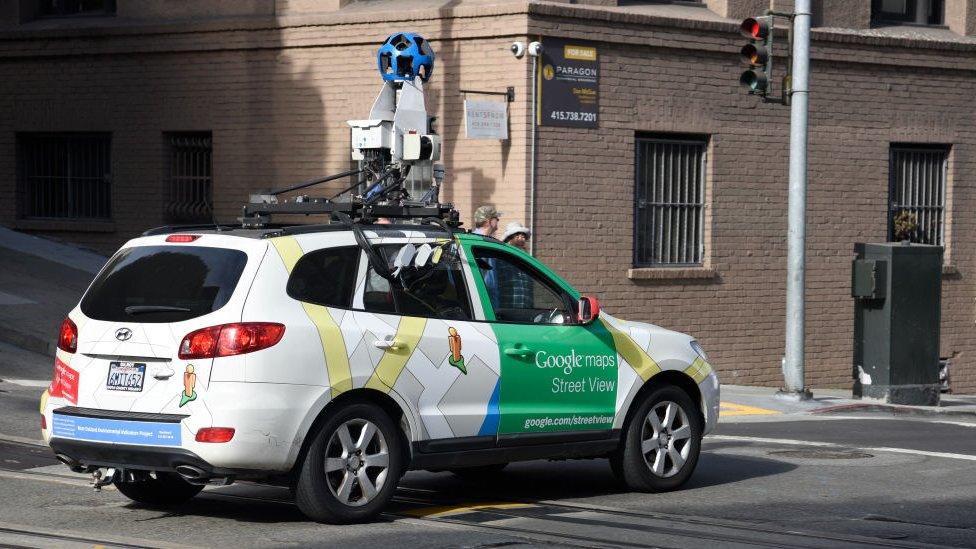
- Published17 July 2021
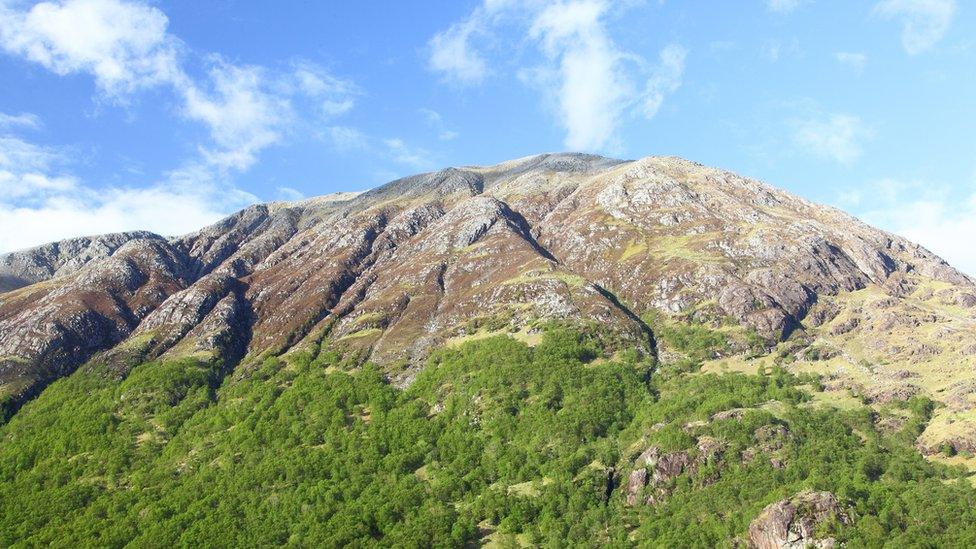
- Published17 June 2021

- Published17 May 2021
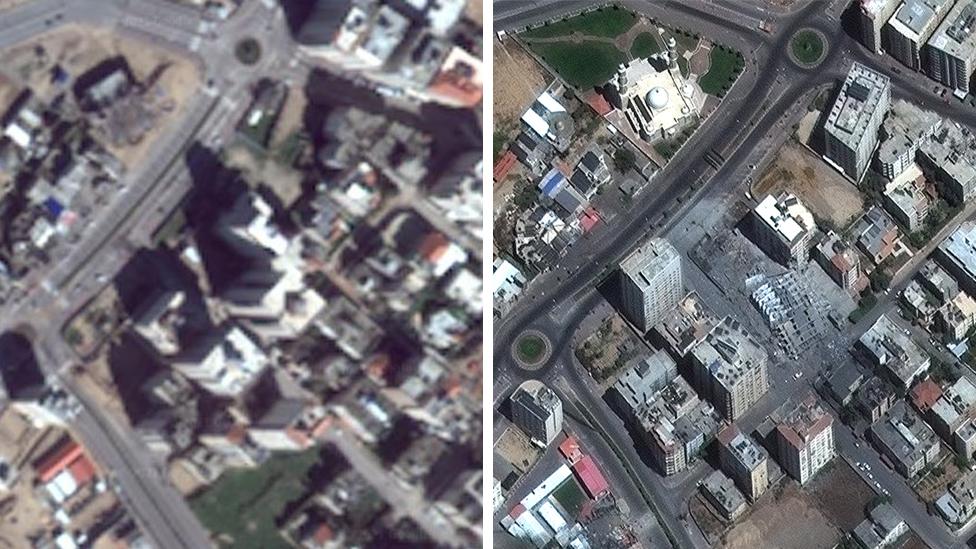
- Published13 May 2021
